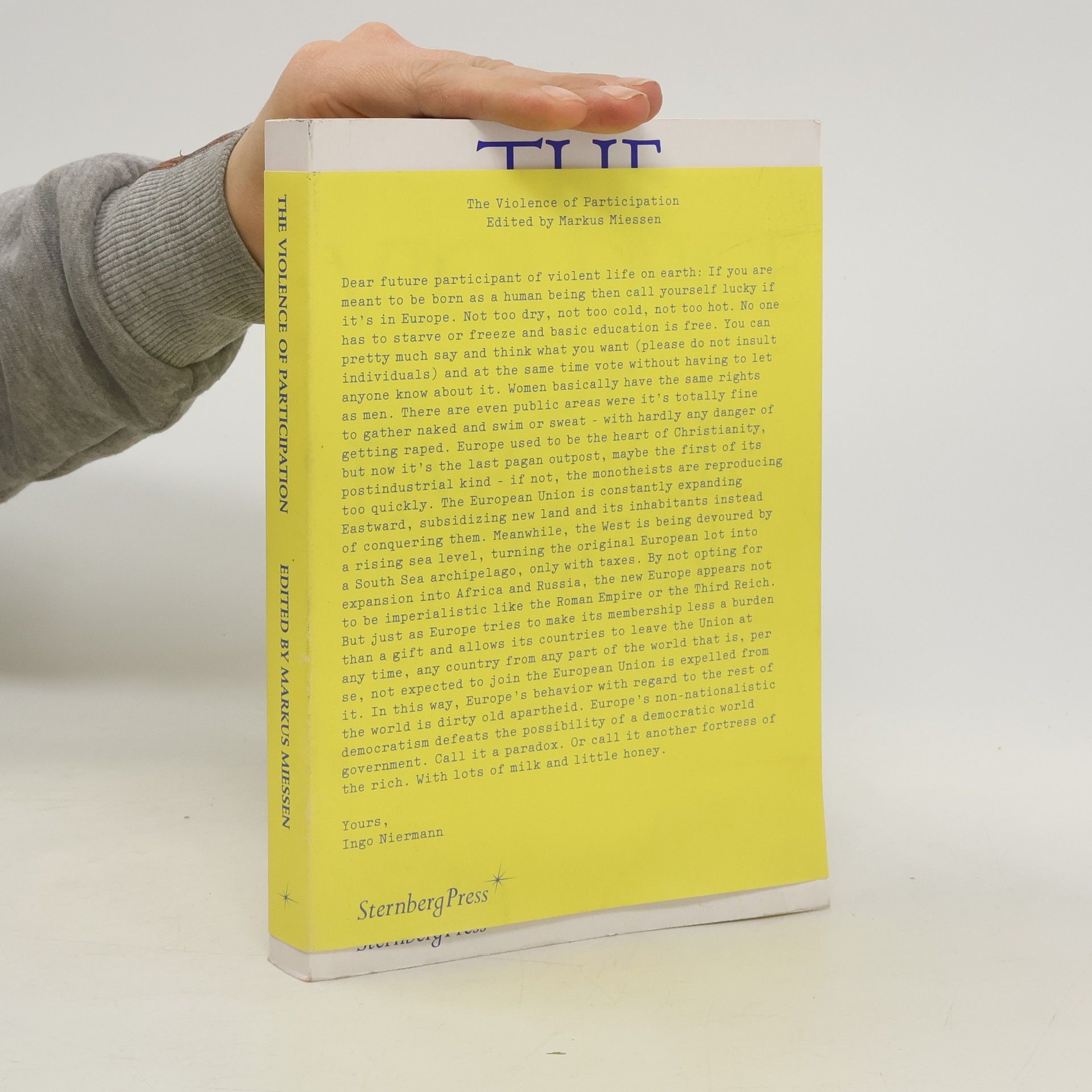The violence of participation
- 256pagine
- 9 ore di lettura
What exactly is Europe? Is it an actual place or just a temporarycommunity based on shared political and economic interests? Editedby London-based architect and writer Markus Miessen, this compilationof essays, cartoons and other writings presents the world's mostdensely populated continent as a conflicted political space whoseidentity must be continuously negotiated. As the European Unionmaintains its eastward march to countries like Turkey, bleeding beyondits classically understood political boundaries, the questions continue.Produced to expound on Miessen's work from the Lyon Biennial in2007, this dense paperback accumulates diverse opinions exploringwhat it means to live in Europe today.

